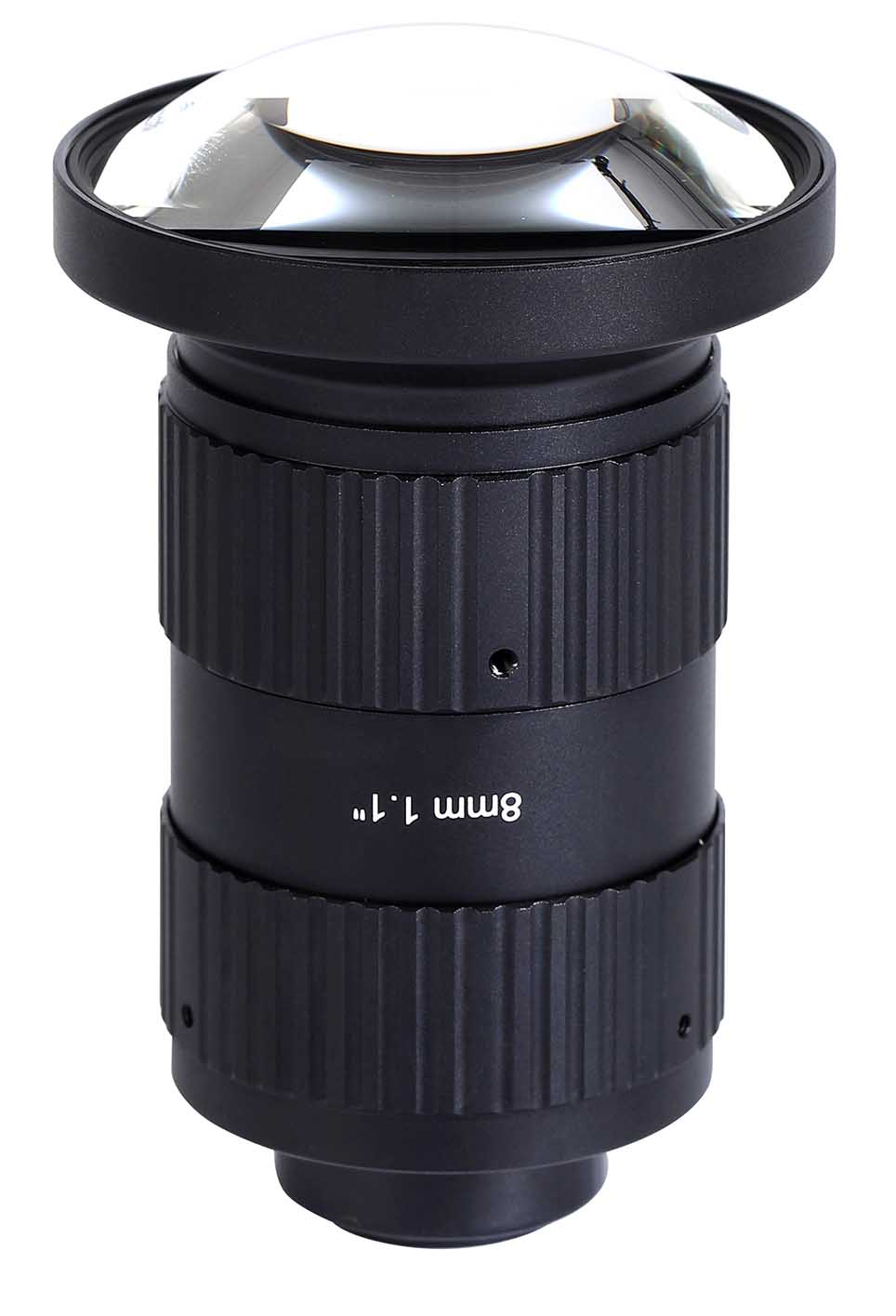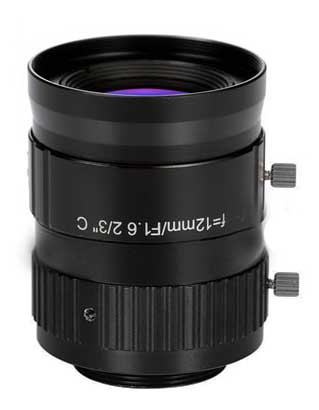How to choose industrial lens?

How to choose industrial lens?
The selection process of
industrial lens is the process of gradually clarifying the parameters of industrial lens. As an imaging device, industrial lens usually forms a complete image acquisition system together with light source and camera, so the selection of industrial lens is restricted by the requirements of the whole system. Generally, the following aspects can be analyzed and considered.
1, wavelength, zoom or not
It is easy to determine whether the working wavelength of
cnomax industrial lens requires zoom or not. In the process of imaging, it is necessary to change the application of magnification and use zoom lens, otherwise, it is OK to use prime focus lens.
As for the working wavelength of industrial lens, it is common to use visible wavelengths, but it can also be used in other wavelengths. Are additional light filters needed? Monochromatic light or polychromatic light? Can it effectively avoid the influence of stray light? Consider these problems clearly, and then determine the working wavelength of the lens after comprehensive measurement.
2. Special requirements are preferred
Combined with the actual application characteristics, there may be special requirements, should be made clear in advance. For example, whether there is a measurement function, whether you need to use a telecentric lens, whether the imaging depth of field is large, etc. Depth of field is often overlooked, but it is a must for any imaging system.
3. Working distance and focal length
Working distance and focal length are often considered together. Generally, this idea can be adopted: firstly, the resolution of the system can be clarified, and the magnification can be known by combining the pixel size of the CCD. Then, the approximate object and image distance can be known by combining the spatial structure constraints, and the focal length of the industrial lens can be further estimated. Therefore, the focal length of industrial lens is related to the working distance of industrial lens, system resolution (and CCD pixel size).
4. Image surface size and image quality
The size of the industrial lens should be compatible with the size of the photographic surface of the camera, following the principle of "big and small" -- the photographic surface of the camera should not exceed the image surface size marked by the lens -- otherwise, the image quality of the edge field of view will not be guaranteed. Image quality requirements mainly focus on MTF and distortion. In the measurement application, we should pay special attention to distortion.
5. Aperture and interface
The aperture of an industrial lens mainly affects the brightness of the image surface. But in today's machine vision, the ultimate image brightness is determined by many factors: aperture, camera gain, integration time, light source, and so on. So there are more steps to adjust in order to get the necessary image brightness. The interface of an industrial lens refers to the interface that connects it to the camera. They need to be matched. If they can't be matched directly, transfer should be considered.
6. Cost and technology maturity
If a number of solutions can meet the requirements after considering the above factors, the cost and technology maturity can be considered to make a trade-off and select the best.
For example, if you want to choose industrial lens for coin detection and imaging system, the constraints are as follows: camera CCD 2/3 inch, pixel size 4.65μm, port C. The working distance is greater than 200mm, and the system resolution is 0.05mm. The light source is white LED light source.
The basic analysis is as follows:
1. When used with white LED light source, the lens should be in the visible band. There is no zoom requirement, just choose a prime lens.
2. Used for industrial testing, with measuring function, so the selected lens distortion requirements are small.
3. Working distance and focal length
Image magnification M=4.65/ (0.05x1000) =0.093
Focal length f '=L*M/ (M+1) =200*0.093/1.093=17mm
If the object distance is greater than 200mm, the focal length of the selected lens should be greater than 17mm.
4. The image plane of the lens should be no less than the size of the CCD, that is, at least 2/3 of an inch.
5. The lens interface should be port C, which can be used with the camera. The aperture is not required.
From the analysis and calculation of the above aspects, the "outline" of this lens can be preliminary-derived: focal length greater than 17mm, fixed focus, visible band, C port, at least 2/3 inch CCD can be used, and the image distortion should be small. According to these requirements, you can further select, if multiple lenses can meet these requirements, you can choose the best.

